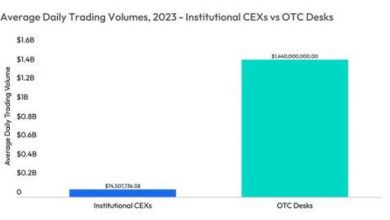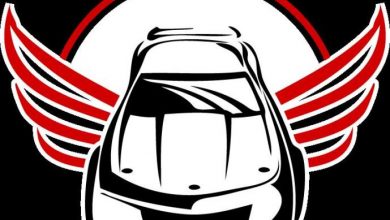Breaking the Mold: Unconventional CSS Designs to Inspire You

Breaking the Mold: Unconventional CSS Designs to Inspire You
Introduction
Are you tired of using the same old CSS designs? Do you want to unleash your creativity and break free from the conventional norms? Look no further! In this blog post, we will explore some unconventional CSS designs that will inspire you to think outside the box and create designs that are both unique and eye-catching.
Unconventional CSS Designs to Consider
1. Overlapping Elements
One way to create a visually stunning design is by overlapping elements. This technique adds depth and dimension to your layout. Experiment with different sizes, colors, and transparency levels to achieve the desired effect. Just remember to use CSS positioning properties like position: absolute; or position: relative; to control the placement of the overlapped elements.
2. Split-Screen Layouts
If you want to create a unique and engaging user experience, try using a split-screen layout. This design trend divides the screen into two or more sections, allowing you to showcase different content or options side by side. You can use CSS flexbox or grid to achieve the desired layout, and then style each section individually to create a cohesive design.
3. Typography as Art
Instead of using images or illustrations, why not let typography take center stage in your design? Play around with different fonts, sizes, and colors to create visually appealing text-based designs. You can experiment with text animations, CSS filters, and gradient backgrounds to add an extra layer of creativity to your typography designs.
4. Gridless Layouts
Break free from the constraints of traditional grid layouts and embrace the chaos! Gridless layouts offer a sense of freedom and uniqueness to your designs. You can position elements freely on the page without adhering to a strict grid structure. Experiment with overlapping elements, asymmetrical placements, and varying sizes to create a visually stunning design that stands out.
Frequently Asked Questions
Q1: Are unconventional CSS designs suitable for all websites?
While unconventional CSS designs can add a touch of uniqueness to any website, it is important to consider the purpose and target audience of your website. If you are designing a professional or corporate website, it is advisable to maintain a balance between creativity and usability. However, for personal portfolios, creative agencies, or artistic platforms, unconventional designs can be a great way to showcase your personality and stand out from the crowd.
Q2: Will using unconventional CSS designs affect my website’s performance?
When implementing unconventional CSS designs, it is crucial to optimize your code and consider performance implications. Overuse of animations, large file sizes, or complex layouts can increase page load times and affect user experience. Make sure to test your designs on different devices and browsers to ensure optimal performance.
Q3: How can I learn more about unconventional CSS designs?
There are numerous online resources, tutorials, and communities that can help you dive deeper into unconventional CSS designs. Websites like CodePen and CSS-Tricks offer a wealth of inspiration and tutorials. Additionally, joining web design forums or attending design conferences can provide valuable insights and networking opportunities.
Conclusion
Unleash your creativity and embrace unconventional CSS designs to create visually stunning and unique websites. By breaking the mold, you can inspire others and set new trends in the world of web design. Remember to experiment, test, and iterate to find the perfect balance between creativity and usability in your designs.
Now that you have some inspiration, it’s time to push the boundaries of CSS and create designs that will leave a lasting impact on your users. Happy designing!



